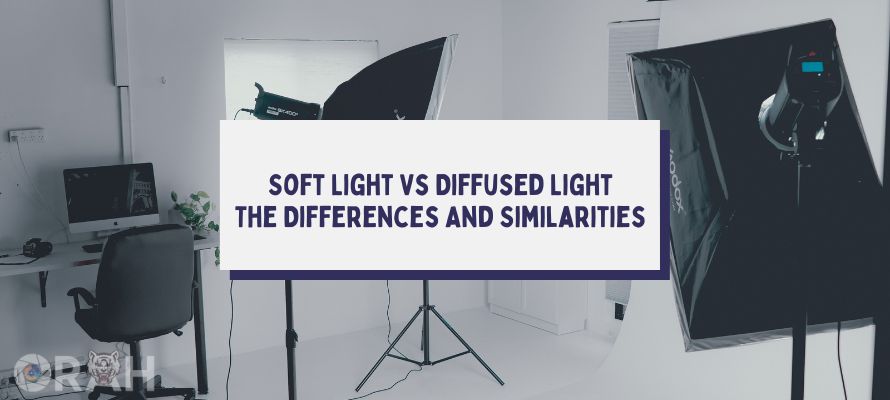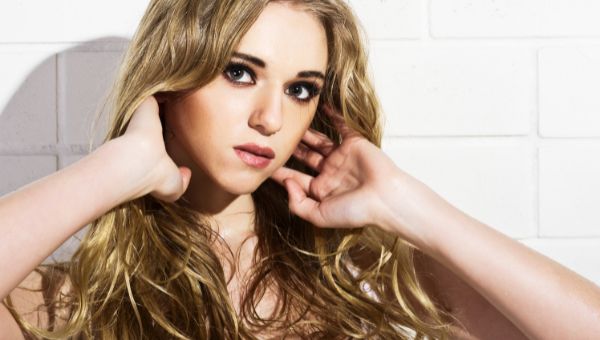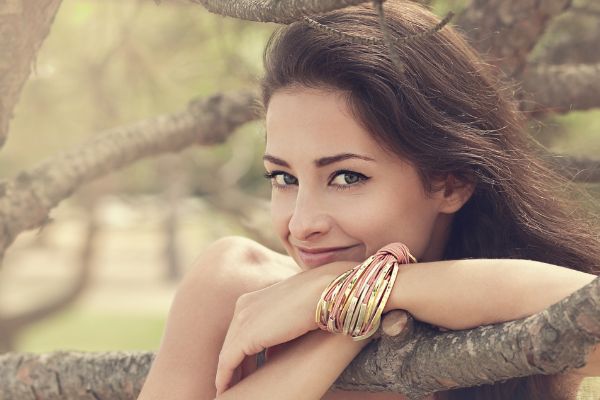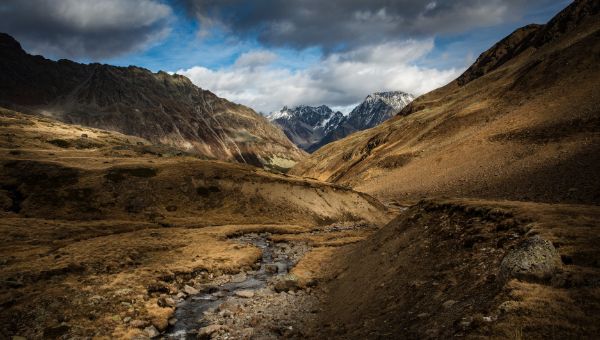
The concept of lights in photography is the most important, and the difference between a good and a bad photographer is their use of lightening.
A good photographer knows where he can get the best light for their subjects and is equipped with the techniques to manipulate the light so that their subjects look the best through their lens.
Amateur Photographers, however, due to their lack of experience and knowledge, do not have the techniques in their arsenal to manipulate light, so they mostly use soft and diffused lights interchangeably without giving it much thought.
However, equipping yourself with the knowledge and the effective use of lights is essential for photographers, so here in this article, I am going to tell you the difference between Soft Light vs Diffused light so that you can become a better photographer.
What Does A Hard Light Mean?
The concept of a hard Light source is simple, so I will try my best to keep it that way by going into the differences between a Hard and soft light. The difference between these two lies in the shadows, wherein a hard Light source, the shadows are apparent and sharp.

You can understand the concept of hard light by imagining walking on a sunny day. If you look down at your shadow, you can see that your shadow is apparent.
The edges of your shadows are perfectly shaped and detailed. So, light coming directly from the sun can be a hard light on a sunny day.
In the Photography space, you can achieve hard light by pointing your light source directly at your subject. This will make the shadows of the subject extremely detailed.
However, hard lights are discouraged as they can make the unflattering aspects of your subject, like scars and blemishes, more visible, giving you a smoother photo.
What Does A Soft Light Look Like?
To understand the concept of soft lights, I need to go back to the example of the sun, which gives you clearer shadows and acts as a hard Light source on a sunny day.
Now, imagine that you have some clouds in the sky as you walk, blocking the sunlight. Everything is still visible. However, the light has gone softer.

As you look back at your shadow, you see that it has lost its detail and its edges are no longer sharp. In this scenario, the sun is acting as a soft Light source.
Photographers use soft lights to mitigate the drawbacks of hard light to give their subjects a smoother, blemish-free look as this type of light minimizes those skin characteristics.
Now Soft Light can be achieved by two means. One is called diffusion, while the other is called bouncing. In diffusion, we add a diffusion paper or a softbox to diffuse the light, while in bouncing, the light is reflected on a white surface to make the Light softer.
Hard vs Soft Lighting
As a Photographer, the type of light you are working with is essential as it can become the difference between a good photo and a bad photo. The difference between hard and soft light lies in the shadows; you can identify the type of light through it.
In hard light, the shadows are evident and detailed. You can see all the details of your subject cast in the shadow. For example, if you point a light source directly at your subject, you can see the shadow of their nose on their face is extremely clear.
The reason why hard lights are discouraged, especially when you are working with a human subject, is that they can bring out the more unflattering aspects of your model, like scars and blemishes, making the picture not look very well.
In Soft Light, on the other hand, the shadows are more uniform and not very much detailed. When you have a softer light source pointing at a human subject achieved through either bouncing or diffusion, you can see that the picture becomes more flattering and gives your model more of that “magazine” look.
Similar readings:
- Portrait vs landscape: Which is best for photography?
- Vibrance vs saturation in photography (updated)
- Softbox vs umbrella (which is the right choice?)
Is Diffused Light The Same As Soft Light?
Soft and diffused light are used interchangeably at times; however, you can understand the concept by saying that every diffused light is a soft light but not every soft light is a diffused light.
In a diffused light, the light becomes diffused, making it bigger than it actually is by using things like diffusion paper or soft boxes when thinking about it in a professional sense.

However, you can also get diffused light by putting your light source behind a shower curtain which can give you soft diffused light without the need of shelling a lot of money.
There is also another method of getting soft light which is called bouncing. In this concept, we reflect the light on a wall towards the subject, giving us yet another way to soften the Light source.
This method of soft light is also prevalent in the professional photography scene; however one needs to keep in mind the color of the wall as it can effectively change the color of the bounced light.
When To Use Diffused Light?
Now that you have understood the concept of the types of light, let us get into when you should be using diffused lights. One of the best times to use diffused lights is Portrait Photography, where you want to show the face of the subject fully in your frame. You want to remove the shadows and give yourself a soft and smooth look.
Typically, the best use of diffused lightning is when you are working with a human subject. If you use hard light on your human subject, you will be sure to expose the more unflattering angles of your subject, like scars and blemishes.
Once you point diffused light at your subject, you will see that their face is lit in all directions, and the more unflattering angles of your subjects are minimized. So, this is one of the best times to use diffused light.
When To Use Soft Light?
As I said earlier, not every soft light is diffused, but every diffused light is a soft light. So you can use Soft Lights in more circumstances than just portrait photography.
In soft light, the shadows on and off your subjects are not well defined, and light is more evenly distributed. It can also bring out the more flattering details of your subjects to the forefront.
You can use soft lights, especially when your subject is a human. So Portrait and fashion photography are undoubtedly the best use cases of soft light as your subject will look more flattering.
However, non-human photography, like product and food photography, can also benefit significantly from using soft lights. The light will be more evenly distributed, and all the subject details will be visible. So, these are the best use cases of soft light.
Techniques To Diffuse Light On A Budget
Professional photographers spend a lot of money on their gear and equipment. They have huge lenses, cameras, and softboxes that can amount to thousands of dollars, making you think whether these are necessary to get the best results.
Well, I am happy to tell you that you do not need to spend all that money to get diffused lightening and you can get the best results by simply using some household items.

One of the best techniques to get diffused lighting is to use a shower curtain. All you need to do is hoist your shower curtain and put your light source a few meters away. Voila! A diffused light source!
You can also use other things like bed sheets, pillowcases, and even printer paper to get the same diffused Light effect. Plop your light source a few feet or meters back, and you have your diffused light source for cheap.
How Can You Achieve Soft Lighting On A Budget?
For diffused lights, you need something over your light source to make it bigger, and as I mentioned earlier, that can be achieved on a budget very easily. However, using the bouncing technique can also effectively get soft light for free if you have a white wall in your house.
In the bouncing technique, you bounce light from your light source towards your subject, litting them up and giving you a soft light. This technique can mean that you can get soft light for free if you have a clear white wall in your house.
You need to remember the color of the wall, which is used to bounce the light of the Light source. So if you have a green wall, you will get a green light, and if you have a red wall, you will get a soft red light. So, it is recommended that a white wall be used for bouncing soft light.
Frequently Asked Questions (FAQs)
Q1- How to create a diffused light indoors?
Answer: Using diffusing paper or a softbox on your light source, you can create a diffused light indoors. If you are on a budget, you can also use pillow cases, shower curtains, and even printer paper to get a diffused light.
Q2- Where does the Diffusion confusion come from?
Answer: The diffusion confusion comes from the concept of secure cipher, which is not a part of our topic at hand.
Q3- What is Considered Soft Lighting?
Answer: Soft lights are those types of lights in which the details are not visible in the shadows. There are two types of Soft lighting, namely diffused light and bounced light.
Q4- What are the four types of light?
Answer: The Four types of light are ambient Light, decorative Light, accent light, and task light.
Q5- Is sunlight hard or Soft Light?
Answer: Sunlight can be considered a hard light on a sunny day where you can see all the shadows visibly and in full detail. It quits being a hard light and becomes a soft light when it is cloudy, and the shadows are less detailed.
Q6- What is diffused light for indoor plants?
Answer: Diffused light for indoor plants can be achieved by using softboxes. It is very beneficial for them as it is uniformly distributed between them.
Wrap-Up:
Light is one of the most important things you need to play around with to get the best results; hence getting the best type of light for your subject is essential. Soft Light and Diffused Light are essential to get your head around as they can make your career as a photographer.
If you are someone that only takes portraits, then using diffused light is your best bet. However, soft lights are the best for you if you are more into product or food photography.